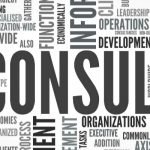Because we are in the business of benefits, we strive to constantly understand and educate the target end user—the employee. Whether staff are contributing to the benefit premium (via payroll deduction) or not, when corporations want to ensure the benefit program adds value to the compensation and strategic goals of the company culture, they need to ensure those end users are well informed about their coverage.
You can’t measure what isn’t tracked.
Organizations that undertake to effectively align the benefit plan with safety protocols, productivity expectations, and culture goals, can, in fact, track and measure the data points to illustrate the return on investment of the benefit plan.
Consider how we must take care of IT, office equipment, and company vehicles, as an example. We track when the equipment, or IT was purchased—the initial investment—when it was last updated and ensure that staff are proficient in using the tools and most importantly to flow, know when said items need to be replaced. As company owners, we track these data points and measure the return on the investment of the infrastructure. The same is true for the most valued asset—the employee—where we must ensure that they are properly looked after in order to perform at their best in looking out for both company and customers.
For instance, if employees are expected to work on a computer as a primary activity of their job description, then their ability to “see” impacts their productivity. Clear vision equates to more efficient work. Whereas, eye strain and any impairments will cause lost time, which will cost the company in expected revenue generation.
Stop bleeding the profit.
The real cost of health conditions translates not just into the billions of dollars annually, but also lost productivity, hence revenue generation for organizations. Employees are a 24/7 investment, meaning both on the job and off there is a need for a fitness for duty not just on the date of hire, but into the future. When employees are not able to perform, the cost of replacement equates to significant lost revenue for the organization.
Consider the expected “tools” that the employees bring with them when they are hired, like:
· Hearing
· Lifting
· Mobility
· Hand coordination (ability to type/keyboarding)
· Kneeling
· Sitting,
· Emotional health, etc.
Safety and Productivity Alignment
As benefit consultants, we take the time to FIRST understand and map where the employee journey matches with your customer experience, target the expected productivity results, and then strive to MATCH the benefits to these expectations. Done effectively turns the benefit plan from being an “expense” to an investment that can be tracked and measured in the same manner as all other aspects of the business. Healthy employees are safe employees. The more proactive an employee in health retention, the more productive, therefore the greater return on investment.
Access to services aligns with providing an easy means for the employee to be their own health care advocate. In turn, this will reduce turnover, burnout, lost time, disability claims, etc. all of which impact a company’s bottom line negatively if left unchecked. Of course, businesses want to grow profits, not bleed the gains.
It all comes down to an effective communication strategy.
Once a year, or once every few years updating employees on their benefit coverage is simply not enough. Expecting that the employee will retain or remember what they have, when and how to access the coverage when they are told only one time is not effective.
Employee engagement means working with a benefit consultant who will align the touch points for you—safety protocols | human resources | operations | training initiatives—and build out the benefit communication strategy. Delivered by team leads or human resource staff, as an example, these can be:
· internal infographics,
· narrative to add to the next safety meeting,
· on-boarding recommendations, or
· feedback updates to name a few.
The goal being to remove the “firehose” approach and link the benefit offering to work-relatable initiatives that they will recall easily when they have a need.
To be continued…
This is an important conversation, let’s chat. Give us a call.
Note: this was written without the aid of Artificial Intelligence (AI)
Disclaimer: Please note that the information provided, while authoritative, is not guaranteed for accuracy and legality. The site is read by a world-wide audience and employment, taxation, legal vary accordingly. Please seek legal, accounting and human resources counsel from qualified professionals to make certain your legal/accounting/compliance interpretation and decisions are correct for your location. This information is for guidance, ideas, and assistance.





